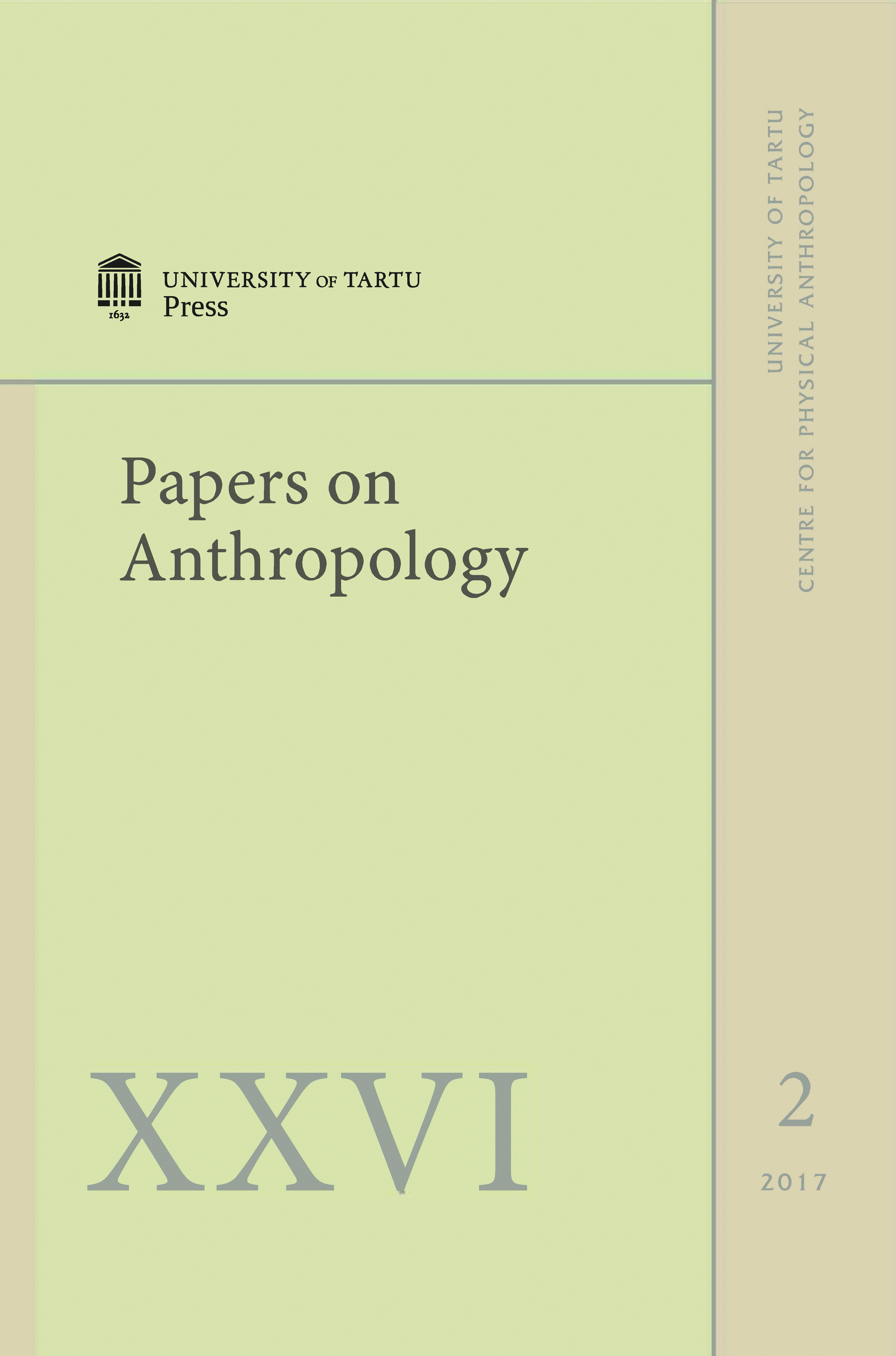Human small cell lung cancer cell line (NCI-H146) tumor behaviour on the chicken embryo chorioallantoic membrane after the sodium valproate treatment
DOI:
https://doi.org/10.12697/poa.2017.26.2.15Keywords:
chicken embryo, chorioallantoic membrane, small cell lung cancer, sodium valproateAbstract
Small cell lung cancer (SCLC) is an aggressive form of cancer with 5-year survival rate and poor prognosis. Since patients' initial response to therapy is rapidly followed by a relapse with the drug-resistant disease, new therapies are required. The aim was to evaluate whether H146 cell line tumor was able to maintain the morphological pattern when grafted on the chicken embryo chorioallantoic membrane (CAM). Also, to evaluate the morphological changes in the CAM after grafting the tumor without or with treatment with sodium valproate (NaVP). The cell culture of the commercial NCIH146 cell line was used for the formation of the tumor. The tumor of 1x106 cells and I type rat tail collagen was dropped onto the absordable sponge and instantly grafted on CAM. After 5 days of incubation chicken embryos were sacrificed and CAMs were cut out. Standard H&E staining and immunohistochemistry (CD56) were performed. The histomorphometrical analysis of non-treated (n=5), 4 mM NaVP-treated (n=5) and 8 mM (n=5) of NaVP-treated groups was performed. The thickness of the CAM was measured in all the investigated groups in the areas under the onplant and in the neighbouring sites. H146 cells are able to maintain morphological appearance on the CAM and retained the expression of specific profile for CD56. H146 cell tumor increased the thickness of the CAM under the tumor in the non-treated group (509.2±184μm). After treatment with 4 mM and 8 mM of NaVP CAM thickness decreased (362±232.6 μm and 147.8±98.4 μm respectively; p<0.0001). The effect of NaVP on CAM increased with increasing solution concentrations of 4 mM and 8 mM. CAM thickness in the non-treated group neighbouring to the tumor site was 139.1±138.4 μm, in 4 mM NaVP-treated group – 104.9±81 μm and in 8 mM NaVP-treated group CAM thickness reached only 70.8±51.5 μm. CAM thickness in the non-treated group significantly differs compared to 4 mM and 8 mM of NaVP – the treated groups (p<0.05, p<0.0001). Difference between both NaVP-treated groups is also significant (p<0.05). CAM is a suitable model for in vivo analysis of human H146 cell line formed tumor. Cells grafted on the CAM preserved their morphology and expressed characteristic immunohistochemical markers. CAM mesenchyme proliferation was suppressed under the influence of NaVP in concentration–dependent manner.Downloads
Download data is not yet available.

